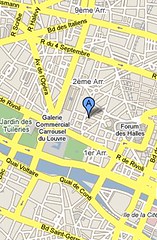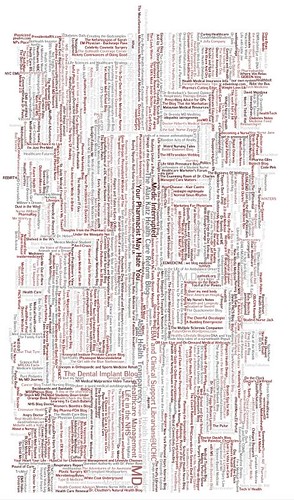 Here’s the audience gathering for the session on ‘The Public Engagement of Science and Web 2.0’ organised by Gustav Holmberg for the 10th Public Communication of Science and Technology conference (PCST-10) held in Malmö a month ago (read more on our joint session blog).
Here’s the audience gathering for the session on ‘The Public Engagement of Science and Web 2.0’ organised by Gustav Holmberg for the 10th Public Communication of Science and Technology conference (PCST-10) held in Malmö a month ago (read more on our joint session blog).
And here’s my own paper for the event (responses are welcome, it needs a lot of improvement and re-writing before it can go to publication):
Abstract:
Within a few years, science blogging has emerged as a new genre for science communication. But is science blogging really best understood in terms of ’science’ and ‘the public’? Or does the phenomenon of science blogging suggest other dichotomies? This paper argues that ’science communication’ is better conceptualized in terms of ‘Empire’ and ‘Multitude’. Science is financed and managed by a network of national and transnational state organisations and corporations, while the overwhelming number of laboratory and field workers constitute a global knowledge proletariat. These different positions in the global ’scientific field’ entail two different domains of communication practices which correspond, roughly, to the cultures of ‘Empire’ and ‘Multitude’, respectively.
And here’s the talk:
1. Those of you who have followed the field of science communication over the last decade have seen how earlier approaches to public understanding of science — usually based on what is often called the ‘deficit model’ — have repeatedly been challenged by demands for more participatory (dialogic, two-way, etc.) models for science communication.
2. In spite of these attempts to foster more participatory modes of engagement, however, the traditional one-way public understanding of science through institutionalized mass media, such as newspapers and magazines, radio and television, museums, etc., still constitutes the ruling paradigm, both in communication practice and in communication studies. Even the internet and web-based science communication is more often than not used for institutionalized one-way communication — a kind of digital broad-casting. More dialogic practices are still a largely utopian vision.
3. However, the possibility for developing more dialogic science communication practices has become much more realistic with the recent emergence of the participatory web, i.e., web platforms and services that aim to enhance user-driven content, easy and informal information sharing, and collaboration among users. Podcasting, image and movie content sharing services like Flickr and YouTube, social networking services like Facebook, wikis like Wikipedia, and not least blogging provide the means for a new flourishing of dialogic science communication.
4. In other words, Read More

 Here’s the audience gathering for the session on ‘The Public Engagement of Science and Web 2.0’ organised by Gustav Holmberg for the
Here’s the audience gathering for the session on ‘The Public Engagement of Science and Web 2.0’ organised by Gustav Holmberg for the  In an
In an 


